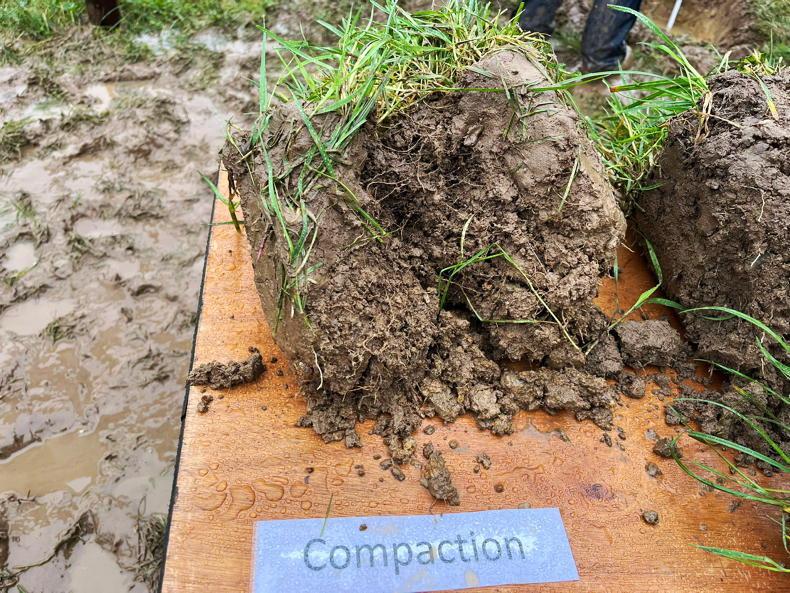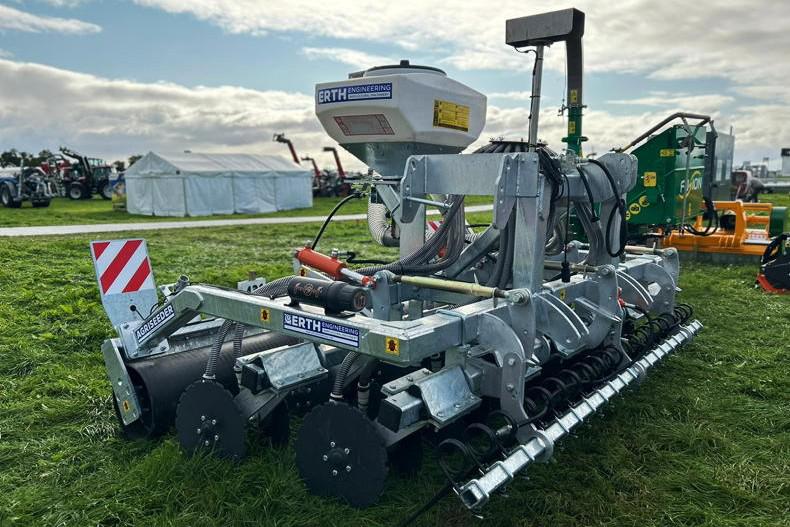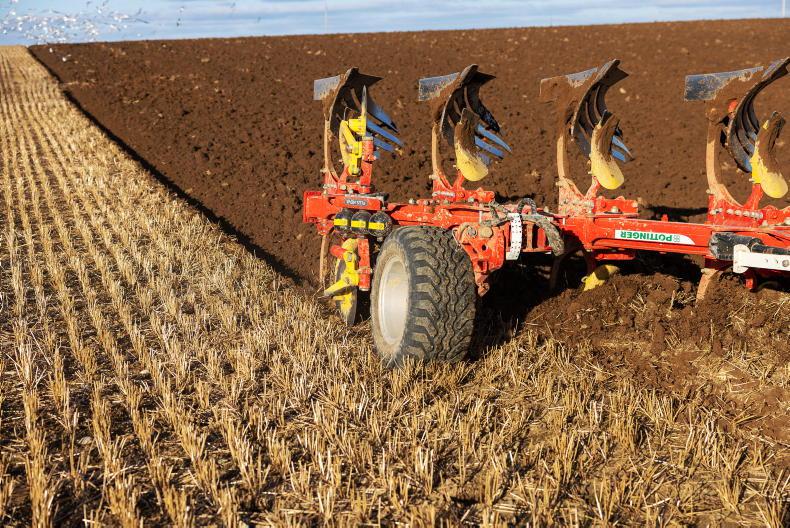The damage of compaction on soils was highlighted at the Farming for Soil Health event at Johnstown Castle last month.
Experts stressed that when it comes to alleviating the issues involved with compaction, that prevention was better than cure.
Compaction leads to increased surface run-off, flooding, erosion and can result in nutrients and agro-chemicals flowing to open waterways. Compaction also reduces crop yields, as it impedes root development.
Poor aeration
Poor aeration in compacted soils can also cause loss of soil nitrogen.
While poaching by livestock (surface compaction) and machinery traffic (subsurface compaction) are both damaging, surface compaction is shallow and short-lived and soils can recover.
Compaction by machinery in a grassland scenario is a lot more damaging in comparison.
Prevention
There are several ways in which farmers can avoid damaging their fields through compaction. Firstly, knowing the soil moisture conditions when heading out to the field with machinery is critical, as trafficking soils with moisture levels anywhere from 36% to 40% leads to a loss of soil structure.
It is also advised to maintain soil organic matter and to keep a living root in the soil.
Avoid trafficking wet soils with heavy machinery and high stocking rates is another key measure, while spreading the load of heavy machinery is also critical.
This can be achieved through using larger tyres, lower inflation tyres, or VF/IF tyres. Increased flexion (IF) and very high flexion (VF) tyres have reduced pressure requirements, which have a longer contact patch, which lowers ground pressure.
Inflation
Tyre size and type have a big role in determining if the soil is damaged or not. Wider and taller tyres have a bigger contact area and lower ground pressure for a given load, compared to narrower, smaller tyres.
However, tyre inflation is also critical. Lowering the inflation pressure will lengthen the contact area between the tyre and the soil, therefore reducing ground pressure.
Farmers are also advised to control traffic in the fields and to reduce the number of passes by machinery. Fixed tramlines should also be considered.
To alleviate compaction damage, farmers should identify compacted areas and their depth.
Next, reduce traffic on the land, or vary cultivation depth for a tillage enterprise. Subsoiling should be a last resort.










SHARING OPTIONS